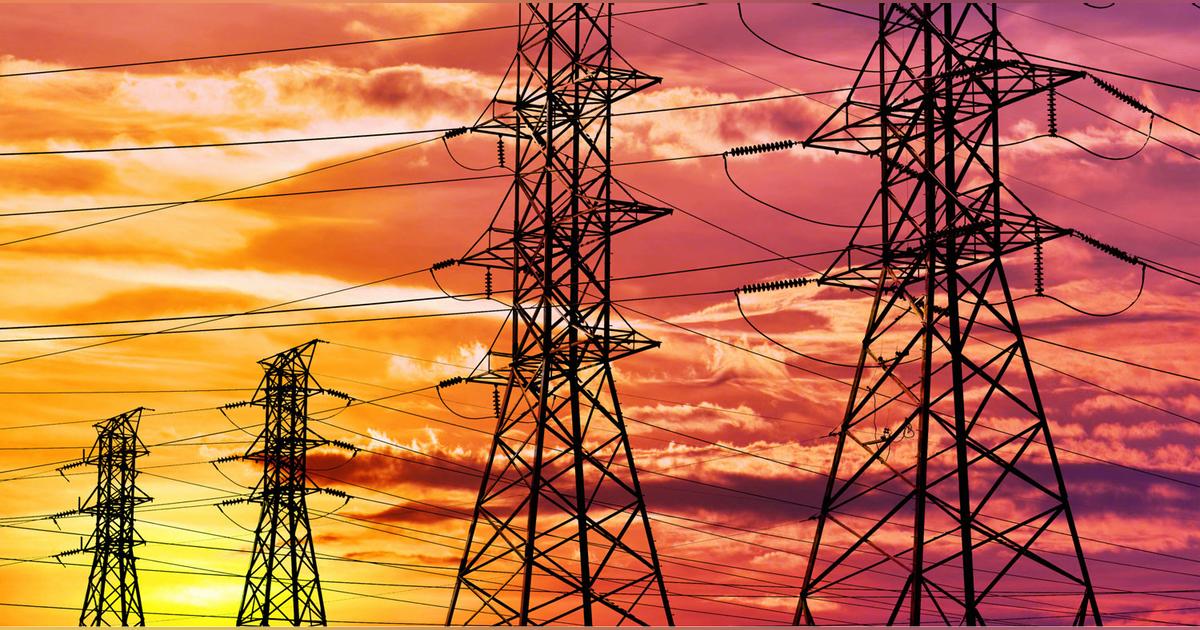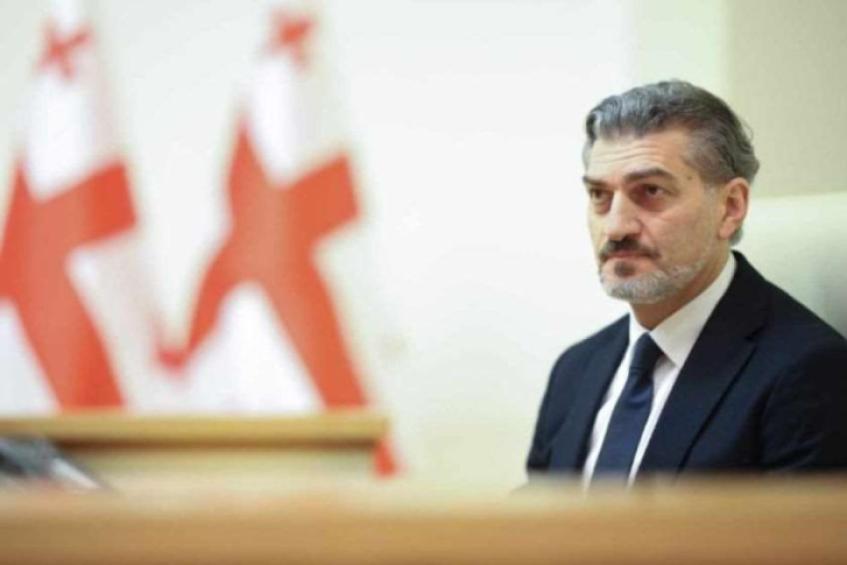
“By 2032, the installed capacity of the Georgian energy system will increase 2.2 times and reach 10,086 MW,” - this is mentioned in the ten-year development plan1 for the Georgian gas transmission infrastructure.
Currently, the installed capacity of the energy system of Georgia is 4564 MW, out of which the capacity of regulating hydropower plants is 2381 MW, the capacity of run-of-river hydropower plants - 973 MW, air turbines - 110 MW, wind plants - 21 MW, and combined and thermal power plants - 1079 MW.
At present, about 74% of the total installed capacity is contributed to the HPPs. The share of regulating HPPs is about 52% of the installed capacity.
According to the ten-year plan for the development of the transmission network of Georgia, the total capacity of Georgia will increase to 10,086 MW by 2032. Out of this, 4326 MW will be the capacity of the regulating hydropower plants, 3139 MW - of the run-of-river hydropower plants, 760 MW - of the wind plants, 171 MW - of the solar plants, 110 MW - of the air turbines, and 1579 MW - of the new combined cycle thermal power plants and the existing outdated Units N:3, N:4 and N:9 of the Gardabani TPP.
The share of the HPPs in the total installed capacity will be up to 74% by 2032. Out of these, the share of the regulating hydroelectric power plants is 43% of the country's total capacity. This ensures the use of accumulated water during the periods of water scarcity, reducing dependence on imports of fuel for electricity and thermal power plants.
It should be noted that the share of wind and solar power plants will be around 10% by 2032. The above volumes of wind and solar energy development will be taken into account in the projects planned for the current stage. And together with the projects planned within the generation adequacy analysis scenarios, the utilization of the potential of renewable energy was also considered.
0
0
One US dollar trades at GEL 2.6966
25/12/2025










